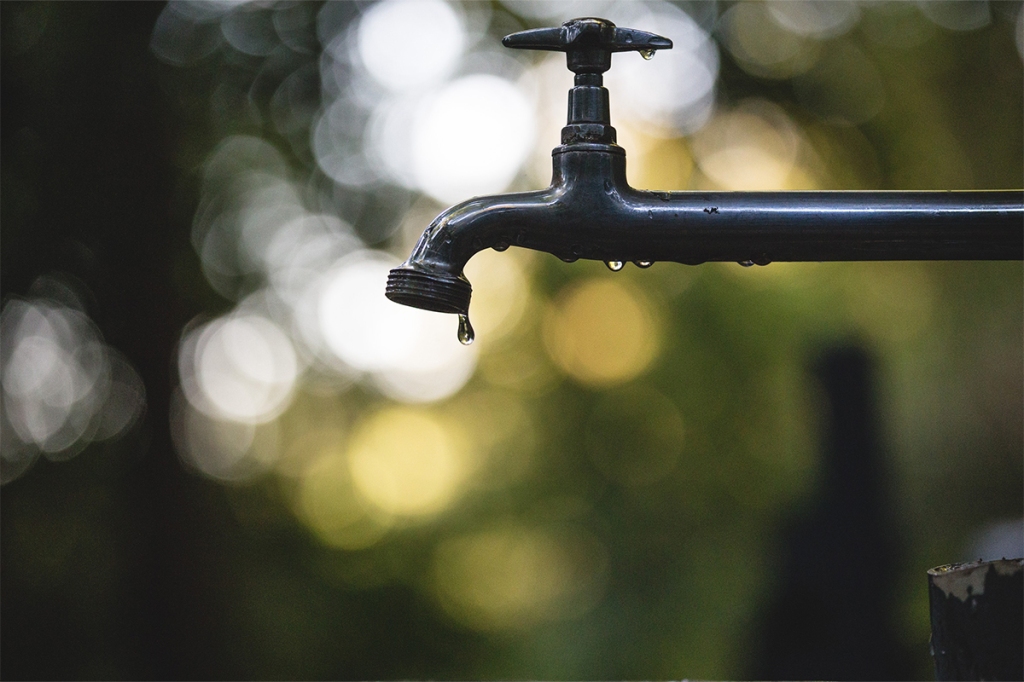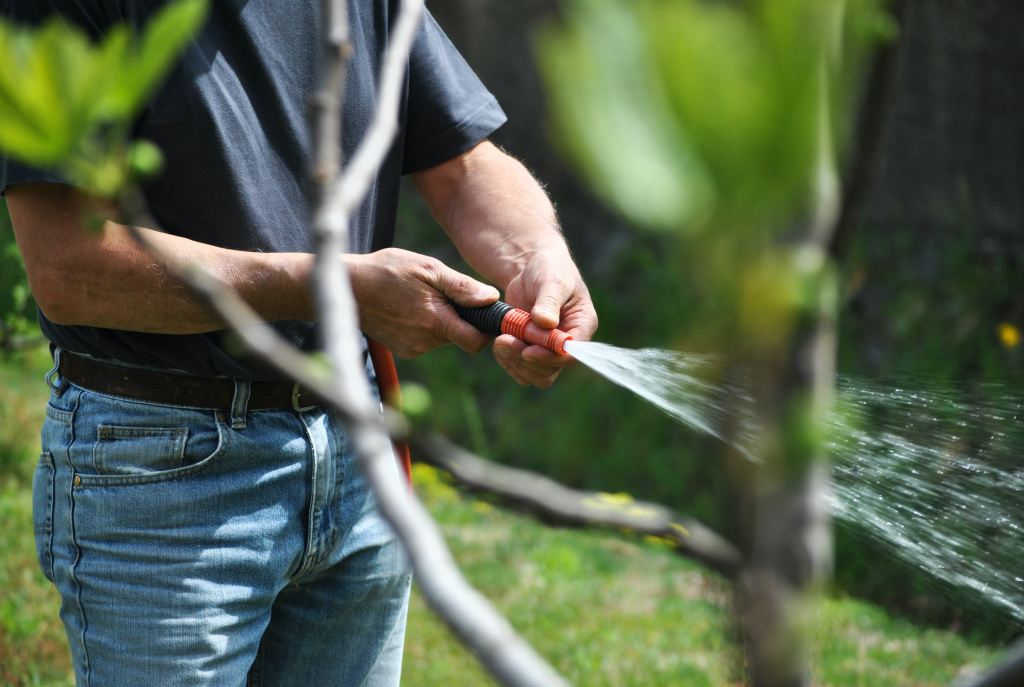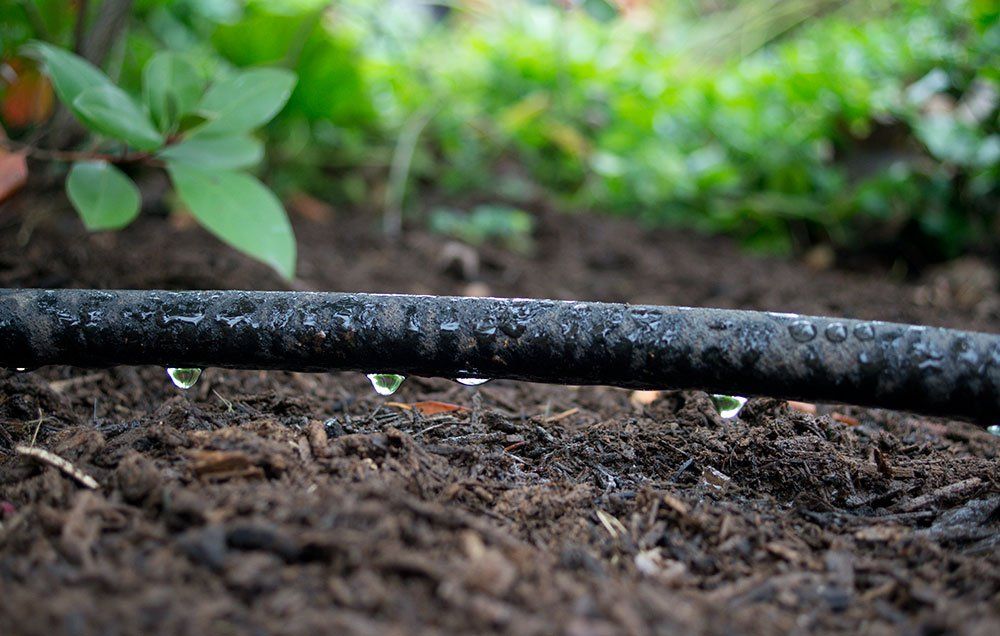
In more ways than one, plants are very much like you and I. We both need water, a feed is also vital to us thriving and a little bit of sunshine wouldn’t go a miss! So why do we need irrigation?
Sustainability in the horticultural industry is a hot topic, and will continue to be for a very long time. One of the most sustainable ways of watering your garden is by rainwater harvesting. By using harvested rainwater, even a just a little bit too water the garden will help reduce stress on the waterways. This method has been encouraged by water companies and councils on the South Coast. There is a possibility from using tap water, especially in areas that have hard water it can alter and affect the ph levels of the existing soil.
There are typically two ways of irrigating your garden. Automatic and manual. For manual watering, this is the cheapest and simplest way of watering your plants, however it is the most time consuming and over time it can be the most expensive.
When watering by hand, it is important that you focus on the roots. As this is where the plants absorbs the water and nutrients to take into the rest of the plant. So watering as close to the base of the plant is very important. There is always a chance that, if you water from the top that you can scorch the plant, especially if you water the plants when the sun is out. There are many different articles discussing when the best time is to water your plants. Some say early morning, some say when the sun goes down. Either way, it is important to do it before the plants start thriving from the sunlight. Personally, I like to water the plants in my greenhouse in the morning and the plants in the ground in the evening.

An important thing to remember for both automatic and manual watering is knowing when your plants need watering. It is often quite easy to under and over water. When watering newly planted or established plants, you need to water these regularly to ensure that they have the best start to life in their new environment. When you hand over a project to a client, ensure that they know that it is vital that the plants get watered for a decent amount of time. A sprinkle of water is not enough. Typically for the first one to two years, giving them sufficient water is important to their chance of survival and establishing well. Once past this, point they will need slightly less regular water.
As mentioned already, the alternative is the automatic irrigation system. This method can help reduce house water consumption by around 80%. This is as 90% of the water from an irrigation system will end up in the roots of the plant. Compare this to using a hose, the water can sometimes even end up anywhere but the roots!

This will obviously save you money in the long term, but the short term is a rather expensive outlay. It is also the easiest way of watering your garden if you don’t fancy getting out there yourself to water or if you are away on holiday.
Sustainability is vital. To save water, time and money, the best way to do this being selective with your plant choice. Learning what is below the surface as well as the orientation. By learning what is below the surface, you can truly learn how the soil is going to drain. If you have clay, then the soil is going to be really good at water retention. However, this does mean that the garden can be liable to partial flooding. If the soil type is sandy, then this is going to be a fairly free draining space. Which then means that the soils isn’t going to be very good at holding water and nutrients. This means that you need to choose the plants best suited to orientation and soil types.
By selecting drought tolerant plants, something that we are having to focus on in our garden designs in Dorset, The New Forest and Hampshire. These plants require less water than most due to their characteristics, hence saving you water and money.
So do we need irrigation? Yes.


